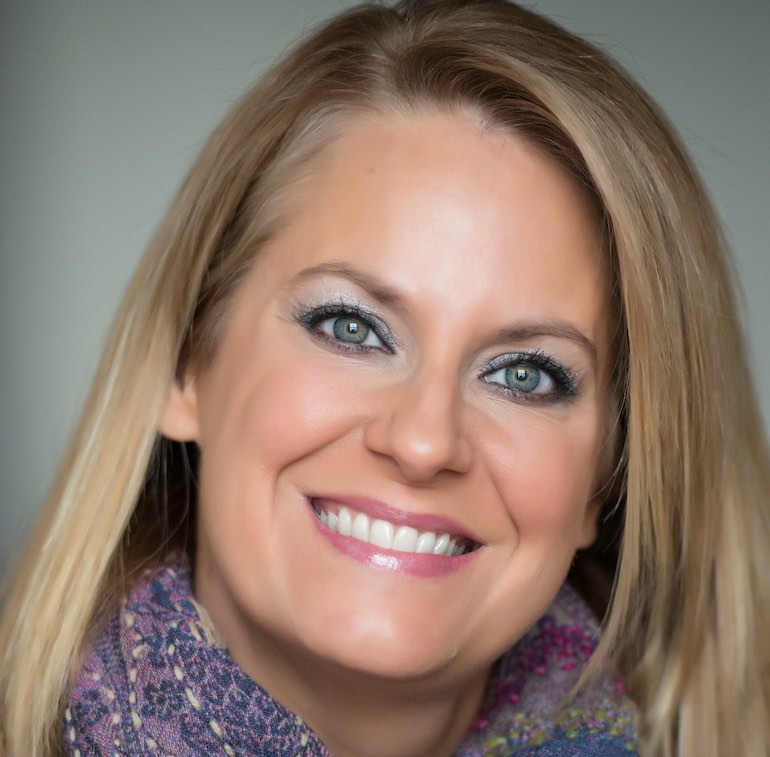4 minutes
Make sure you’re not using an outdated playbook.
Workforce issues existed before the pandemic, but COVID-19 revolutionized the world of work, creating trends and concerns that HR and talent leaders are still grappling with today. Think back to before the pandemic forced us into remote work, managers never dreamed most positions could be done from outside the office, hybrid work, the Great Resignation, quiet quitting and resistance to return-to-office policies. What a new world we live in.
As we move into the new year, make sure you aren’t using outdated, pre-pandemic talent tactics. Instead, embrace these four best practices:
1. Shift to a Skills Mindset
It wasn’t so long ago that I wrote this blog about the value of having a skills taxonomy at your credit union. A skills taxonomy is an inventory of skills that individual employees bring to the organization. Having one can help talent leaders understand which needed skills they already have and in which parts of the organization. A skills taxonomy can be a guide to determine which people to pull onto a team as well as which skills to hire next.
According to an article from Harvard Business Review, a skills mindset can help with:
- … deploying employees with particular skills to the areas where the organization most needs them. To compensate people for their evolving roles, organizations can offer a one-time bonus, raise, additional paid time off, a promotion and greater flexibility.
- Providing specific development opportunities to help employees meet evolving organizational needs.
- Leveraging alternate methods, such as projects and gigs, to bring in workers with specific skills for high-priority tasks when new headcount is not an option.
2. Understand and Provide the Development Your Managers’ Need
Today’s middle managers are feeling the pinch between talent that wants to be developed, have purpose and a career path, and flexible work with leaders, who are laser-focused on performance.
Who’s stuck in the middle? Managers.
Good organizations are helping them navigate that.
Teaching managers about the desired balance between responding to their team members’ needs and hitting organizational performance measures can help them serve both groups better. For example, what is the expectation about how they’ll underscore an employee’s purpose. How flexible can they be? What tools are available to achieve buy-in to the work from employees?
As much as possible, I encourage you to empower managers to be flexible and have conversations with their reports about learning and career opportunities. When you do this for managers, it’s a double-win because both your managers and their reports will grow in the process.
3. Broaden Your Hiring Pool and Rethink Your Hiring Process
The guidance in best practice No. 1 applies here. Shifting to a skills mindset can help you think more broadly about your hiring pool. Do you really need a person with a particular degree for that position or do you need someone with the skills to succeed in the role?
Of course, a challenge in this is being sure that the candidate really has the skills you need. This concern points again to the true baseline criteria for the new hire on their start day and your ability to help them grow. What skills do they have to have up front and what can you teach them?
4. Double-Down on Post-Pandemic Healing
The effects of the pandemic are far-reaching. Three years were “lost” in some potential hires’ development. And communication skills may have suffered the most.
What can credit unions do to heal people? Here are two key ways:
- Proactively provide a rest before work periods that are expected to be challenging.
- Provide discussion opportunities to help work teams build relationships.
People are complex, which makes workplaces complex. But people are also credit unions’ best asset. If you want to talk about your talent plan for 2024 and beyond, please reach out.
Stepping into the gap between corporate complacency and organizational excellence is where Lesley Sears strives to be. Now VP/consulting services for CUES. In her role at CUES, Lesley leads CUES Consulting, which provides talent strategy support to credit unions of all sizes. Lesley is passionate about helping leaders find their company’s superpowers in talent development through a holistic approach: identify–develop–document-repeat. She’s a Lean Six Sigma Black Belt, a certified executive leadership coach and has over 20 years of experience consulting with organizations across many industries to strategically develop their talent’s best selves. When she’s not working to help organizations maximize their potential, you can find her digging in her flower beds, reading or watching classic movies. Maybe, on a good morning in the spring and fall, you’ll find her running—really slowly.










